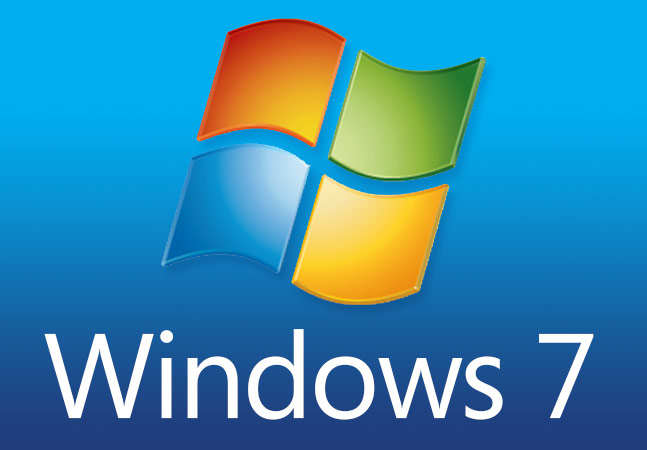Written by: Edward Bierens – Northeast
All good things must come to an end, unfortunately. The much-loved Windows 7, after a decade of support, has been deprecated by Microsoft since the fateful day of January 14 of 2020. Around a quarter of all computer users now have a choice to make.
Ever since the dawn of the millennium, the development team at Microsoft created a roadmap for what would become Windows XP, Windows Vista, and Windows 7 (then known as Whistler, Longhorn, and Blackcomb respectively). Windows XP was released in 2001 and did exceptionally well, receiving positive acclaim and extra years of support. After 5 years, and a development reboot of the Longhorn project, Windows Vista was announced. However, it faced criticism for being extremely slow, as well as lacking support for drivers. Microsoft quickly released Windows 7 three years later to save their reputation, which became a huge success like Vista’s predecessor. Windows 7 received a service pack in 2011, and updates continued to roll out until 2020.
When an operating system reaches end of life, the company (Microsoft in this case) will cease supplying updates and essential security fixes. This means that Windows 7 will become much more vulnerable to malicious software and ransomware attacks as time goes by, not to mention the security holes in the programs that will soon become outdated. Many other software vendors will begin dropping support for Windows 7, such as Google’s idea to deprecate Chrome from Windows 7 in mid-2021. You could technically disconnect the computer from the internet, but it would be impractical since many people have grown accustomed to being online.
There are three migration options for these users: Updating your copy of Windows 7 to a later version of Windows, buying a new PC that comes preloaded with the newest Windows 10, or migrating out of the Windows ecosystem entirely by installing a lightweight Linux distro. If your PC is powerful enough, it is recommended to upgrade to the still supported Windows 8.1 or 10 (keep in mind that Windows 8.1 will go out of support in 2023. Most Windows 7 programs should work with either version of Windows, but be mindful that some programs might not run as smoothly as they used to. However, if you have an older PC that most likely will not run any later version of Windows well, it would be plausible to just buy a new PC that comes pre-loaded with Windows 10. However, if you don’t want to ditch your older computers and save money, the best recommendation is to install a Linux distro.
The truth is, many devices use Linux under the hood. Going to a website? Many web servers use a Linux distro called Debian. Using an Android phone or tablet? Android is actually based on Linux. How about logging onto a Chromebook? ChromeOS is a Linux Distro based on Gentoo, and recently received support for Linux applications. If you can think of something, there’s a Linux Distro for it! In this case, there are a few distros that work extremely well on old hardware: Lubuntu, Linux Mint, Peppermint OS, Debian (with LXDE, XFCE, or MATE desktops). The best part is that they are free (though they do accept donations)! However, there are two things to keep in mind. First and most importantly, BACK UP YOUR SYSTEM, as the installation will destroy your data on the disk! Secondly, keep in mind that there is a little bit of a learning curve to master before you get comfortable with the system.
In short, Microsoft has deprecated one of the most famous operating systems, and it’s time to upgrade your system for the newest security patches and newest programs! You can either upgrade to Windows 10, buy a new computer, or install a Linux Distro. Just make sure to back up your data!


Recent Comments